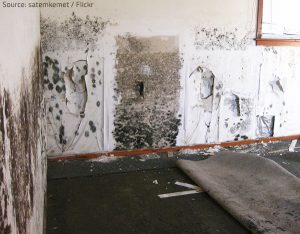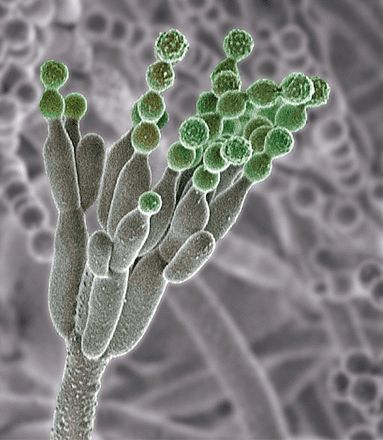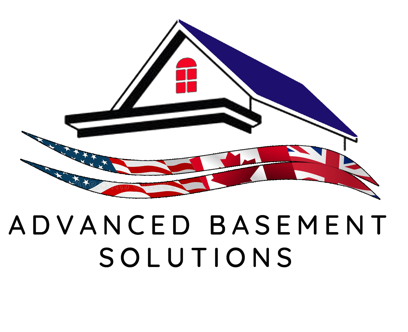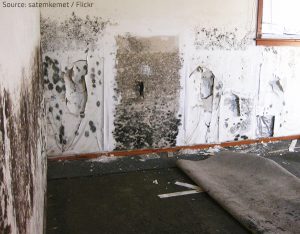There are more than one species of mold that will flourish inside wet damp buildings, one of the most common and most toxic is Stachybotrys chartarum aka “Black Mold”

The characteristic black spots and patches are in fact the spores of this otherwise white or creamy colored fungus.
These spores are the survival mechanism of the organism and for this reason they are often produced in larger quantities when the environment starts to dry out, the spores are released into the air.
Every breath we take potentially contains a few mold spores and in low levels they do not cause a problem.
However, if inhaled in large quantities and over a prolonged period then can cause allergy and respiratory problems. Some people are more sensitive than others, particularly if their immune system is below par.
In the most extreme cases, the spores and the toxins that they contain can cause serious illness and even death.
Mold is a problem for humans but is a food source for other creatures including dust mites who’s tiny fecal pellets remain air-borne and add to respiratory difficulties. Book lice and cockroaches and all kinds of critters are also attracted by the smell and the promise of a source of food.
Remedial measures need to include: –
- Identification and rectification of the source of moisture. This might be a plumbing leak, ground water ingress into the basement, leaking roof, external atmospheric humidity or internally generated humidity. There maybe more than one source, so it is important to consider this possibility even after identifying an obvious source.
- All mold infested material should be removed and enclosed air-spaces opened up in order to allow the fabric of the building to dry out.
- Chemicals may or may not be used to kill the mold. When chemicals are used, they kill the mold that is present but have anything from zero (for example bleach) to very little (proprietary fungicidal wash) residual effect. Our preference is to avoid the use of chemicals in favor of environmental control. By preventing water ingress and controlling atmospheric humidity, temperature and air flow we create an environment which is healthy for humans but not so for mold.


